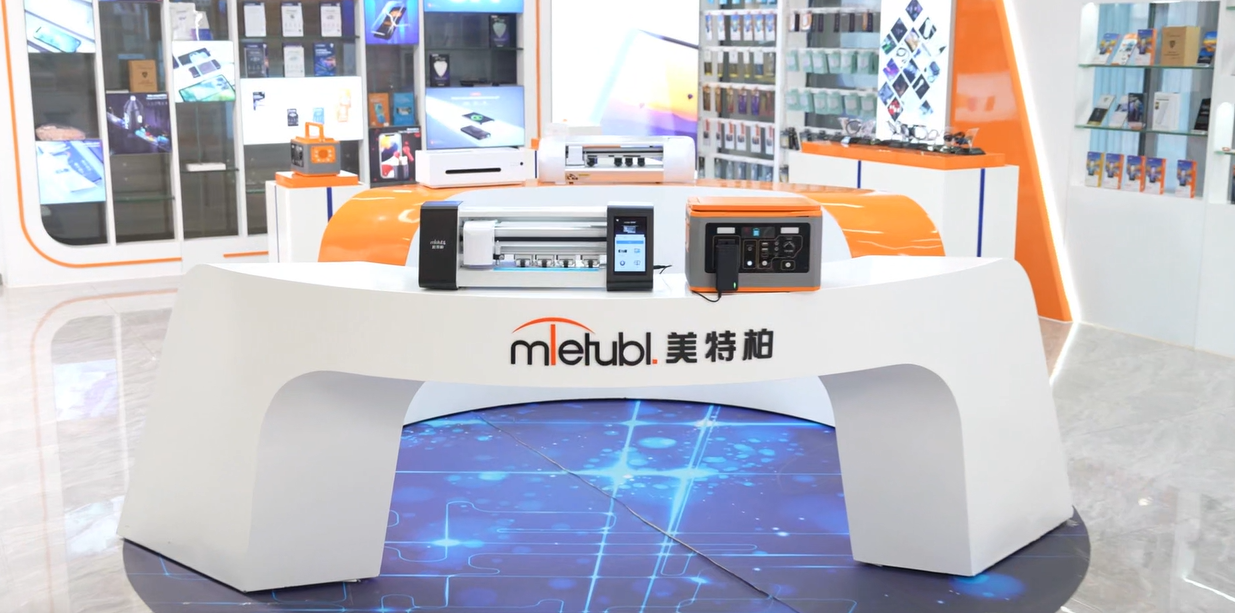
MIETUBL Brand Overview
MIETUBL is a brand originating from China and thriving through China’s intelligent manufacturing. It is committed to providing high-quality mobile accessories and related products to global consumers. Since its inception in 1998, the brand has followed the trends of the times, focusing on resource integration and building a symbiotic and shared industry ecosystem, enabling global consumers to conveniently access quality products that enhance their lives.
By continuously innovating and diversifying its product offerings, MIETUBL has achieved significant success in the mobile accessory industry. As a brand driven by customer value and innovation, MIETUBL has expanded into various product applications while accumulating rich industry experience and establishing a stable customer base. Headquartered in Zengcheng, Guangzhou, the company has strategically positioned itself within the mobile accessory industry, integrating high-quality production resources and aiming for a win-win business model.
Core Values and Development Vision:
-
Customer-Centric: MIETUBL always prioritizes customer needs, continually enhancing product quality and consumer experience through innovation and technological research and development.
-
Resource Integration and Industry Symbiosis: By integrating industry resources, MIETUBL creates a symbiotic, shared industry ecosystem, connecting global distributors and consumers, and promoting mutual growth across the value chain.
-
Global Vision: MIETUBL is committed to bringing Chinese manufacturing to the world, providing global consumers with high-quality, innovative mobile accessories, while offering profitable opportunities for distributors.
MIETUBL’s long-term vision is to continually enhance its products through innovation and quality, establishing “MIETUBL” as a globally trusted brand, recognized in markets around the world.
PRODUCTS
Does a Screen Protector Affect Touch Sensitivity? Examining the Impact on Responsiveness
Screen protectors are ubiquitous accessories for smartphones and tablets, promising to safeguard our precious devices from scratches, bumps, and spills. However, a common concern among users is whether these protective layers impact the touch sensitivity of their screens, potentially hindering the responsiveness and overall user experience. This article delves into the intricacies of screen protectors and their effects on touch sensitivity, examining the factors that influence this interaction.
Types of Screen Protectors and Their Impact
The type of screen protector plays a crucial role in determining its effect on touch sensitivity. Tempered glass screen protectors, known for their robust durability, often have a slight impact on touch sensitivity. The additional layer of glass can introduce a minimal delay in touch response, which is usually negligible for most users. However, some users might perceive a subtle difference, especially those accustomed to the pristine responsiveness of an uncoated screen.
In contrast, plastic film screen protectors, while offering less protection, are generally thinner and more flexible. This flexibility allows for closer proximity to the touch sensor, resulting in a more responsive touch experience compared to tempered glass protectors. However, it's worth noting that plastic films are more prone to scratches and may not offer the same level of protection against impacts.
Thickness and Material
The thickness of a screen protector is directly related to its impact on touch sensitivity. Thicker protectors, especially tempered glass ones, can lead to a more noticeable delay in touch response. This delay can affect gaming experiences, where precise timing is crucial, or in applications that rely on rapid touch interactions.
The material used in screen protectors also plays a significant role. Some materials, like certain types of plastic films, might have a smoother surface that can cause a slight reduction in touch accuracy. This can manifest as missed taps or misinterpretations of touch gestures.
Sensitivity Settings and Calibration
The sensitivity of your device's touch screen can be adjusted in settings. Many smartphones and tablets offer touch sensitivity settings, allowing you to fine-tune the responsiveness of the screen. Increasing the touch sensitivity can mitigate the impact of a screen protector, making it feel more responsive. However, it's important to strike a balance to avoid false touches or unintentional inputs.
Some screen protectors come with a calibration feature. This allows you to calibrate the touch screen after applying the protector, ensuring optimal responsiveness despite the added layer. Calibration involves adjusting the touch sensitivity to compensate for any slight changes introduced by the protector.
Conclusion
While screen protectors offer valuable protection for our devices, they can slightly impact touch sensitivity. The level of impact varies depending on the type of protector, its thickness, the material used, and the device's settings. It's important to choose a screen protector that balances protection with minimal interference in touch responsiveness. By considering these factors and adjusting settings appropriately, users can find a sweet spot that safeguards their device without sacrificing a smooth and intuitive touch experience.
SUBSCRIBE
INQUIRY